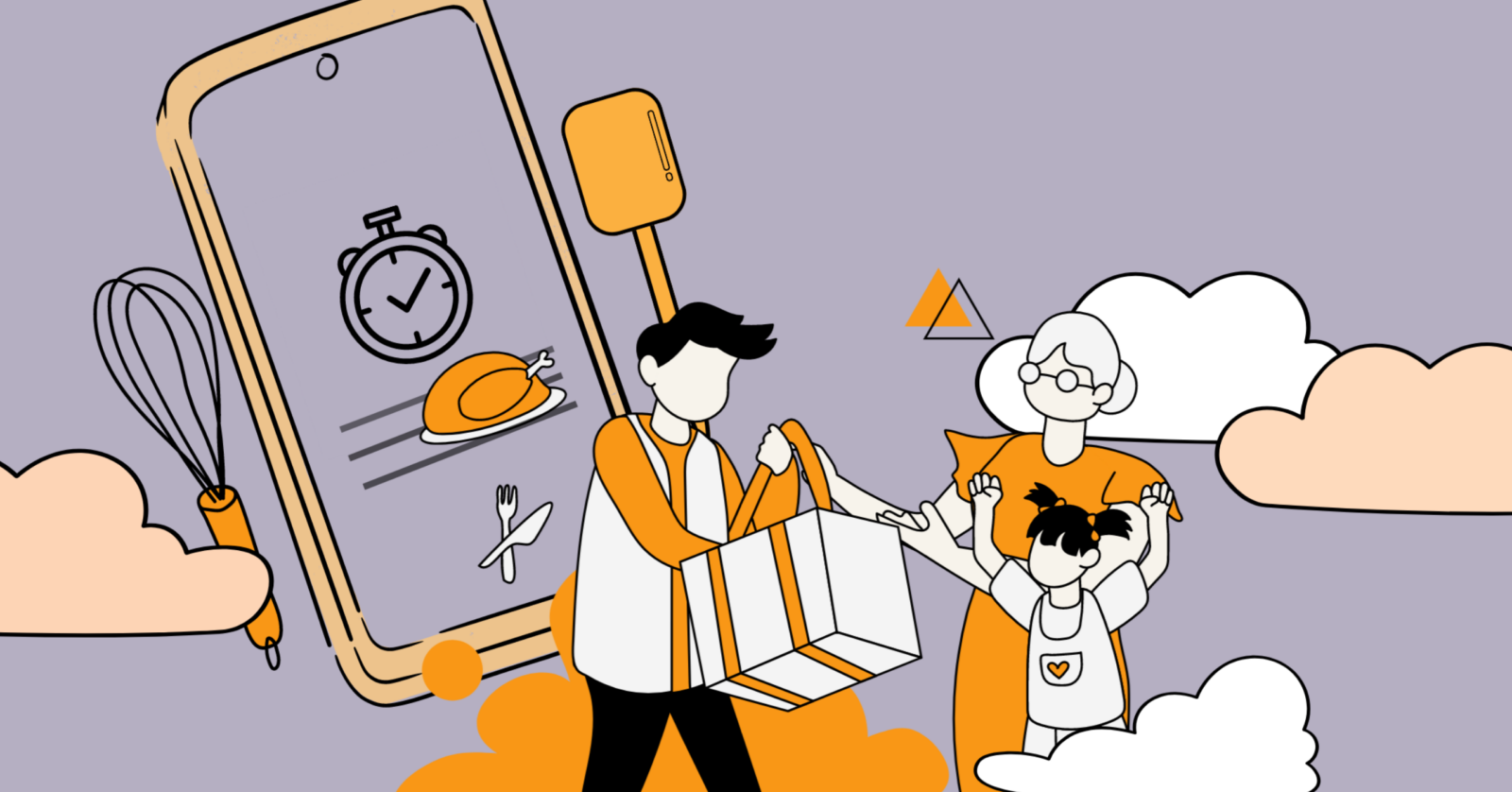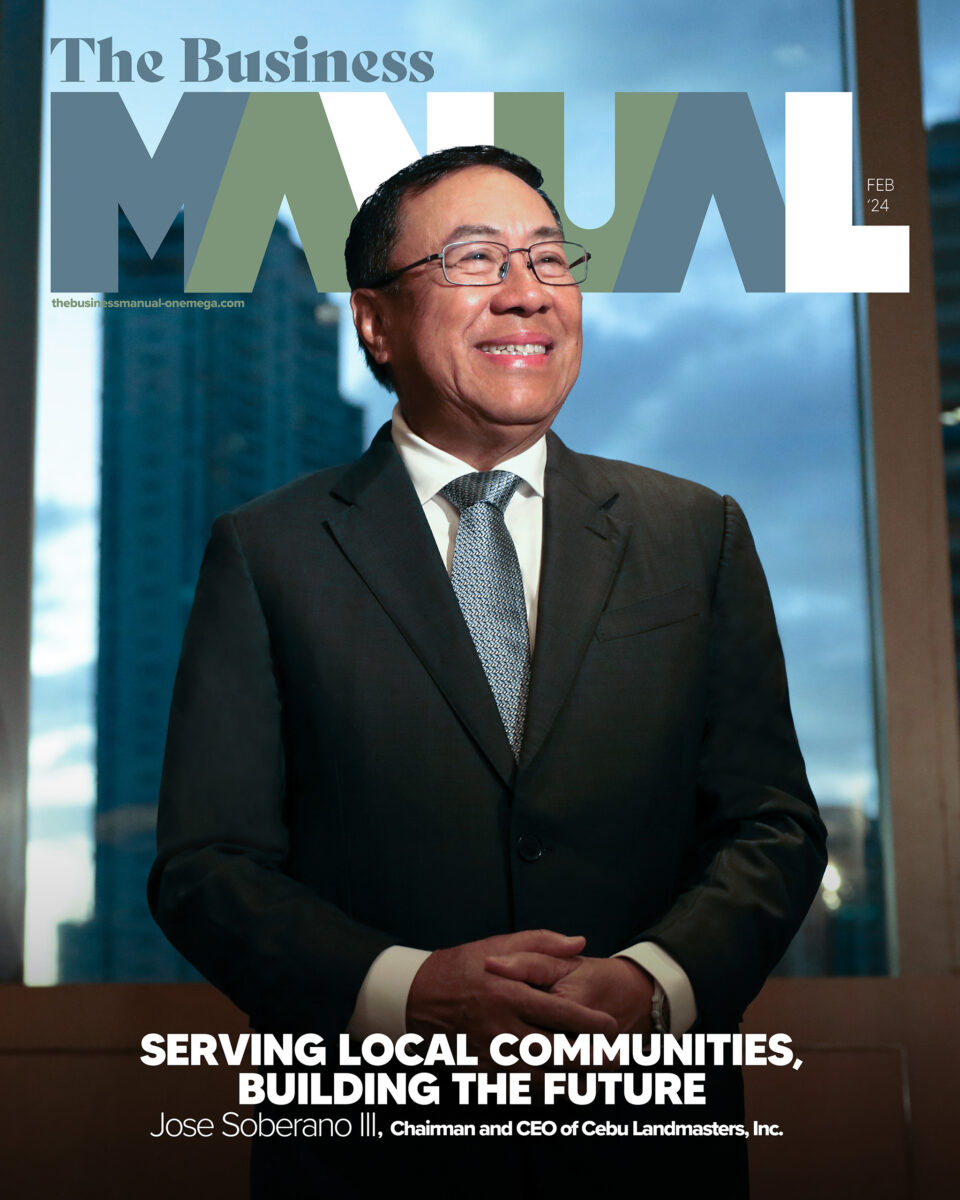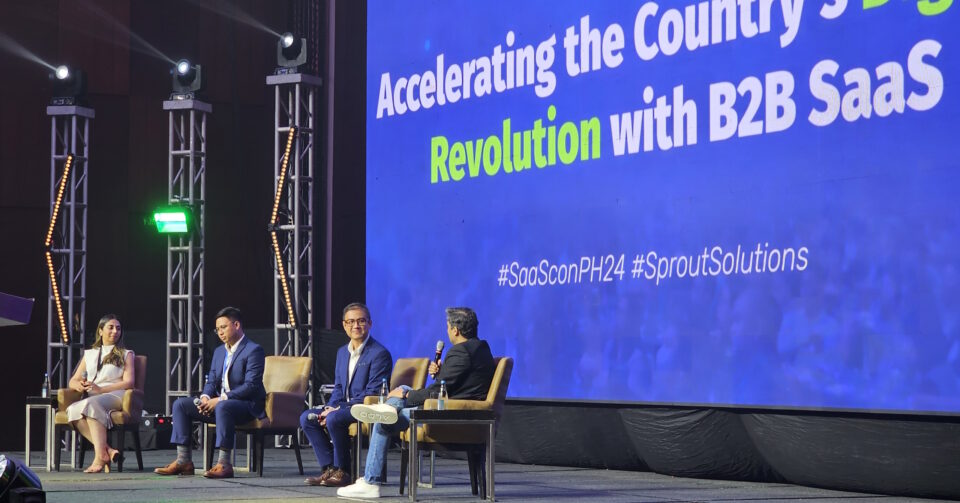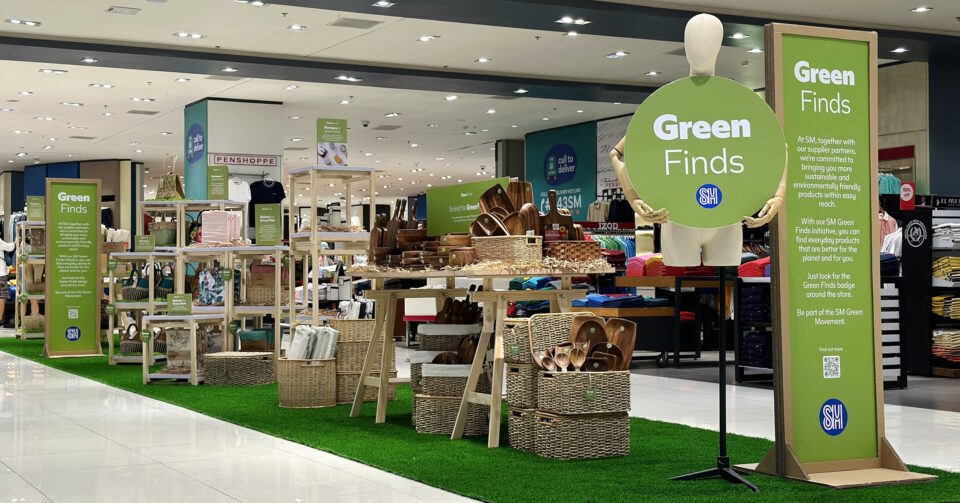Here for Good: These 4 Brands Prove That Cloud Kitchens are a Successful Food Concept

To cater to a growing demand for deliveries, especially during the pandemic, cloud kitchens have become popular and these brands are proof of that. Here’s why.
The cloud kitchen is a business model that flourished in the food industry during the pandemic, and its popularity is seen to continue in the coming years. In fact, the global market size of cloud kitchens is projected to reach a whopping $112.53 billion (approximately PHP 6.14 trillion) by 2027.
A concept that has changed the landscape of the restaurant and food delivery business, cloud kitchens have not only made it easier and more convenient for people who want food delivered to their location, but it has also helped reduce overhead expenses for business owners, as lesser staff are needed and there is no need for them to build a brick-and-mortar shop, among other reasons.
But what exactly are cloud kitchens? Why do they work in this day and age and how are they different from dine-in restaurants?
What is a Cloud Kitchen?
Unilever Food Solutions define a cloud kitchen—also known as a ghost kitchen, virtual kitchen, or commissary kitchen—as a commercial kitchen “that is not necessarily housed within a restaurant.”
“This industrial kitchen isn’t designed to make food for customers who intend to eat on-site,” Unilever Food Solutions explains. “Instead, it’s created only for takeout, delivery, and grab-and-go services.” Simply put, cloud kitchens allow customers to order from multiple brands at the same time, which in turn, satisfies those who look for variety when ordering.
The very definition of a cloud kitchen explains why it has flourished amidst the pandemic—most especially at the height of it all, as countless restaurants close down and rely on deliveries to survive. After all, cloud kitchens are focused on food meant for takeout and delivery, which is exactly what people who want to stay at home need. All they need to do is order via a food delivery app, pay, and wait for it to arrive.
Even as the world adjusts to living with the threat of COVID-19, the convenience and practicality of cloud kitchens continue to appeal to consumers who are now more adept at digital transactions. This business model has also appealed to entrepreneurs, as cloud kitchens have lower costs than dine-in restaurants, which typically require owners to spend on front-of-the-house operations, interior decorating, and other overhead costs.
Cloud Kitchens in the Philippines
It should be noted that some cloud kitchens may be run differently from others. “One restaurant may run multiple brands or virtual restaurants, all operating under one roof, or the kitchen may be run like an incubator, shared by different purveyors,” The Food Corridor says.
To better understand what cloud kitchens are and what they have to offer, here are examples of cloud kitchens that are already operating in the country.
CloudEats
Proudly local, CloudEats operates cloud kitchens—not just in the country, but in Vietnam as well. CloudEats, who call themselves “persona-driven online-optimized brands,” are planning to expand to other countries in Southeast Asia as well.
Here in the Philippines, the brands they carry include 24/7 Wings, Lucky 88 Bowls, and Burger Beast. CloudEats also carries a couple of celebrity brands, such as Pia Wurtzbach’s Pia’s Kitchen and Billy Crawford and Coleen Garcia’s Casa Crawford.
GrabKitchen
Grab is one of the Filipinos’ go-to food delivery apps and it has expanded its reach in the food delivery industry by getting into cloud kitchens as well. What sets GrabKitchen apart from its fellow cloud kitchens, however, is that it houses already-established brands with brick-and-mortar restaurants.
Available brands differ in each location, so there’s always something new to look forward to. It should also be noted that its Commonwealth location, in particular, is open 24/7 to cater to customers’ round-the-clock cravings.
Kraver’s Canteen
Launched in 2020, Kraver’s Canteen says that they are “re-imagining what ghost kitchens are capable of in the post-COVID era [and] building new technologies and kitchen solutions for growing brands across the Philippines.”
Moreover, Kraver’s Canteen houses a variety of brands that offer dishes and even meal plans from multiple cuisines. These include Kyoto Sushi Bake, House of Rendang, and Tokyo Don.
MadEats
Another cloud kitchen that launched during the first year of the pandemic, MadEats describes itself as an “on-demand online restaurant group that is built for delivery.”
From Asian cuisine to coffee and more, MadEats offers food options that are already familiar to the Filipino palate and dining habits. These include Chow Time, Dot Coffee, and Fried Nice. It should be noted that Dot Coffee, in particular, already has physical stores for coffee fans and aficionados.




